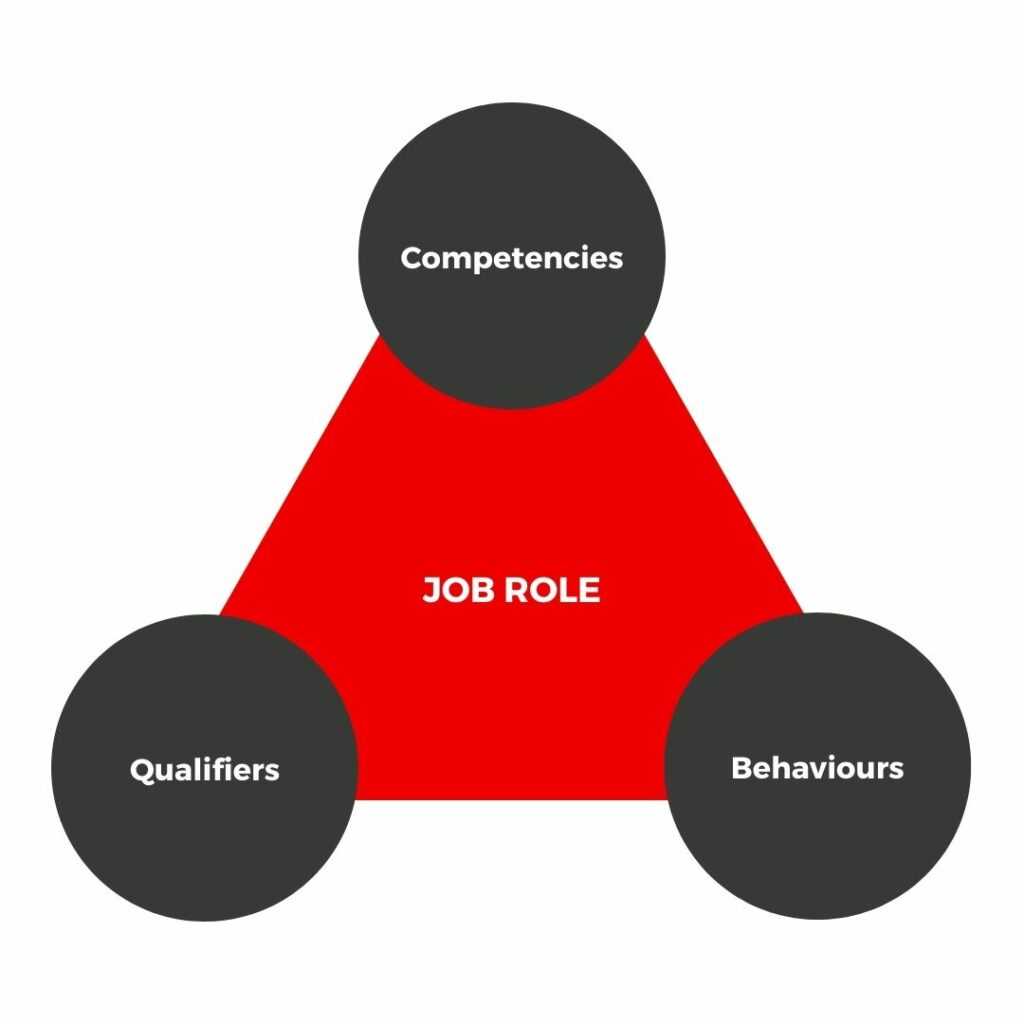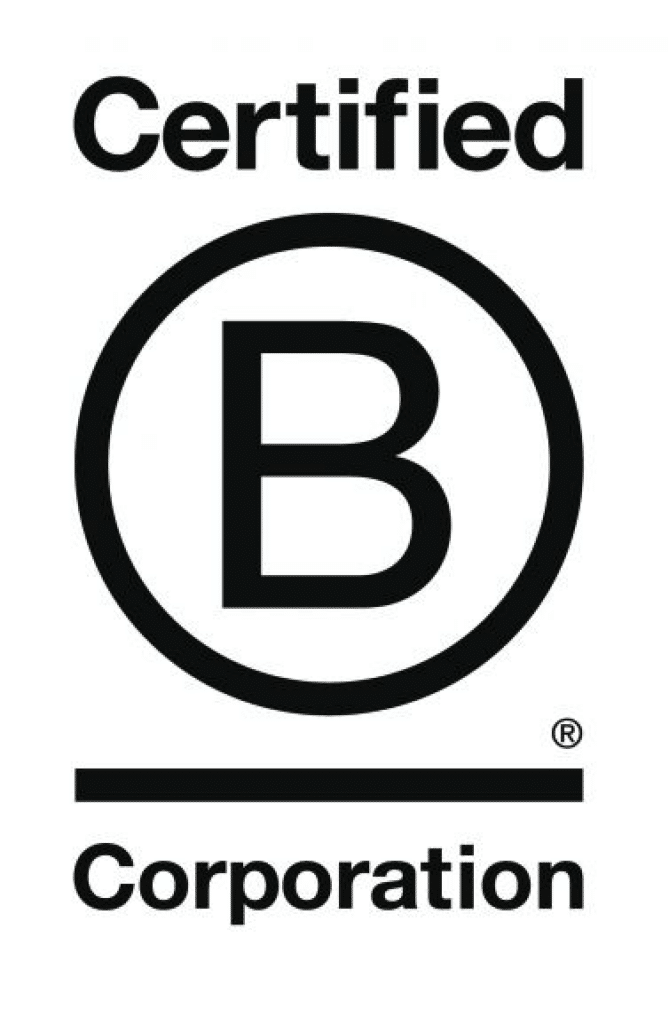
When you are recruiting for any job role don’t focus on the responsibilities and reporting. What you need to concentrate on are three vital factors: qualifiers, competencies, and behaviours.
- Qualifiers are the fixed requirements to be able to do the job, such as qualifications or proven skills and legal or professional licencing.
- Competencies are the capabilities and skill-sets that are necessary for a person to be able to do the job.
- Behaviours are the character and cultural traits which dictate how someone goes about doing the job.
Qualifiers
Qualifiers are the simplest of the three. They can be ascertained by checking a CV, or by simple technical testing. They can sometimes be the area that hiring teams get ‘caught up on’ as they are most visible, however, once CV screening has been completed they should be largely ignored for the rest of the recruitment process. Either someone has them, or they don’t. They are factual. It’s important to bear in mind that they may indicate, but do not prove competency, knowledge, or trainability. So only focus on the Qualifiers you absolutely must have. Unnecessary focus on qualifiers will drastically limit your talent pool and slow the recruitment process.
Competencies
Competencies are the skillsets required to do the job, such as people management, mathematics, dispute resolution or project managing. They may be indicated by qualifications and experience but are no guarantee; someone may have a degree in a subject they haven’t then used for decades. So focus not on the Qualifier, but on the Competency. Test this at interview by use of a competency framework to list first the essential skills and then the preferred. Then ask open questions such as how someone has tackled an issue, solved a problem or used the relevant skill. We recommend scoring the answers for more effective comparison to other candidates, and to a target ideal, rather than using a simple pass/fail.
Behaviours
Behaviours are the way someone acts and behaves and should align closely with the values and culture of your organisation and team, as well as being appropriate to the role. When looking at potential candidates consider their character, whether they seem a good fit for the company culture and their values. Behaviours can be the hardest point on the triangle to gain evidence for as it is not possible to directly ask questions about behaviours. However, use competency-based interviewing to ask for real examples of how someone has approached an issue, thereby providing evidence of their behaviours in certain situations. In some cases psychometric profiling can also be used as part of the interview process as it provides cues to assist in assessing behaviours, however it’s important to remember that as these are self-reported they can be ‘edited’ by the subject more easily than their responses to an interview.
Balancing the Scores
We recommend scoring each element of the three segments, and then weighting them according to their relative importance. A good sense of humour may be a Behaviour you’d like, but it’s unlikely to carry as much weight as proven competency in a key skill area. The former may have a ‘weighting’ of x0.5, whilst the latter has x2, to reflect this. This is recorded in the Balanced Scorecard. Giving you a data-driven reflection of the candidates you have seen, allowing you to compare them consistently and professionally to each other, and more importantly, to a pre-set target score. By setting a target you remove the need to have multiple candidates; if they pass the threshold you should hire them. Conversely the target score helps prevent poor hiring decisions; don’t hire the best of three if they don’t pass the target, they’re still not good enough!
In conclusion, before embarking on a recruitment journey consider your critical triangle and how best to score each area with your candidates. This has been a simple overview, but if you would like to talk about the best way to approach this, or some examples of frameworks please do get in touch with Lucy James: lucy.james@quarsh.com


